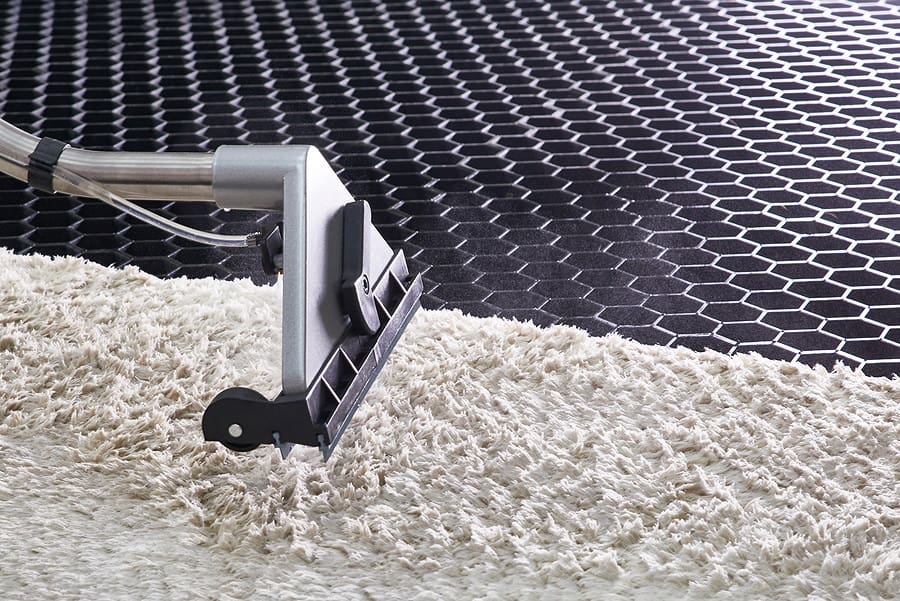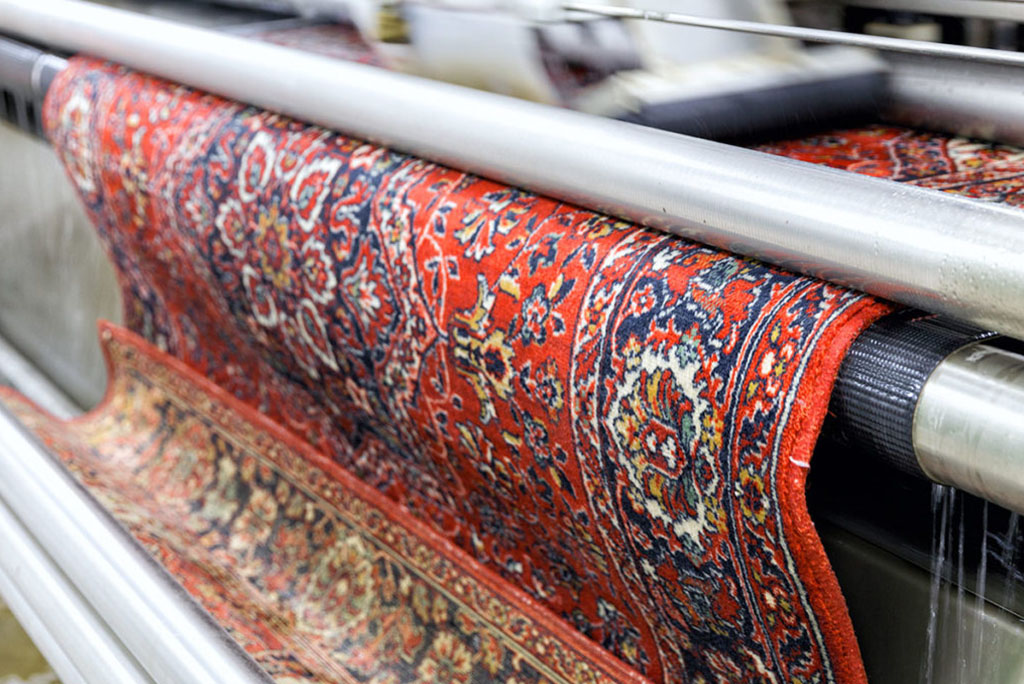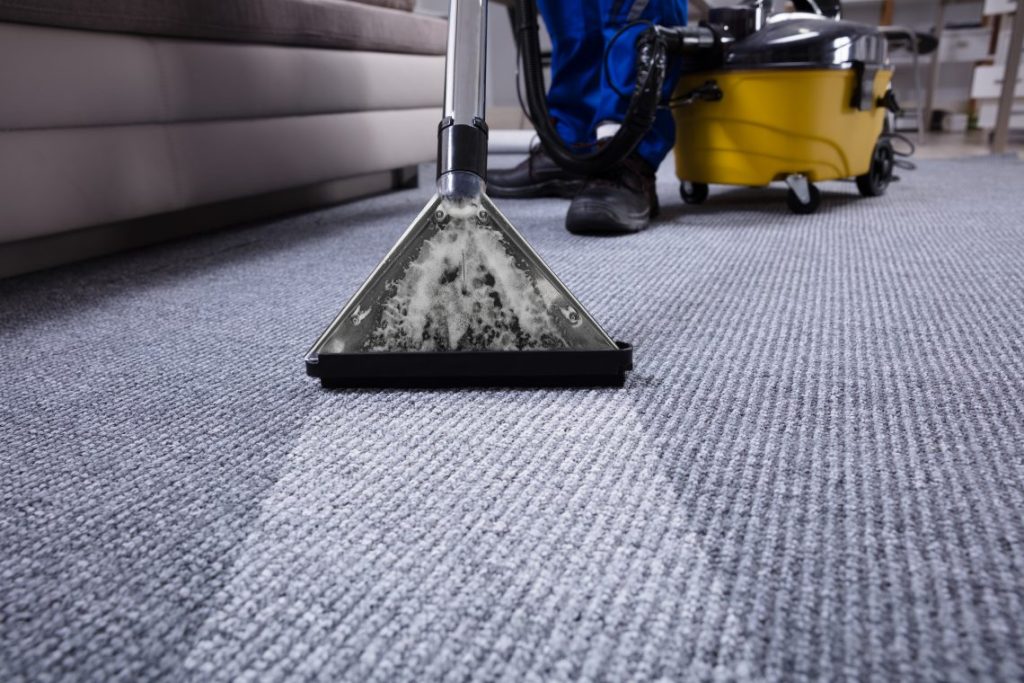To dry carpet after cleaning, use fans and dehumidifiers to increase air circulation and remove moisture quickly. Avoid walking on the wet carpet to prevent further damage.
Drying carpet after cleaning is crucial to prevent mold and mildew growth. Properly drying the carpet also helps in maintaining its appearance and extending its lifespan. By following a few simple steps, you can ensure that your carpet dries thoroughly and quickly.
We will discuss effective methods to dry carpet after cleaning so that you can enjoy a clean and fresh carpet in no time. Let’s delve into the best practices for drying your carpet efficiently and effectively.

Credit: magic-carpetcleaning.co.uk
Preparing The Area
Before drying a carpet after cleaning, it’s crucial to clear the room to create space for air circulation. Removing furniture and any other obstacles will ensure that the carpet dries evenly. This step also prevents any potential damage to the furniture or items on the carpet during the drying process. Once the room is clear, open windows and doors to enhance air flow, expediting the drying process. Additionally, using fans or dehumidifiers can greatly assist in speeding up the drying of the carpet.
Absorbing Excess Moisture
After cleaning, dry carpet by absorbing excess moisture. Use towels or paper towels for quick results. Sprinkle baking soda to eliminate odors and speed up drying process.
Using Fans For Air Circulation
To dry carpet after cleaning, consider using fans for air circulation. The fans help expedite the drying process by improving airflow and reducing moisture buildup, leaving your carpet clean and dry in no time.
| To dry carpet after cleaning, position fans properly and use multiple fans for air circulation. |
| Proper fan placement is crucial for efficient drying. Make sure fans are facing the carpet at an angle to maximize airflow. Use multiple fans to cover larger carpeted areas evenly. Place fans strategically around the room to promote faster drying. Keep windows open to enhance ventilation and aid in the drying process. Rotate fans every few hours to ensure all sections of the carpet dry evenly. |
Running A Dehumidifier
When drying carpet after cleaning, it’s important to consider running a dehumidifier. This device helps in removing excess moisture from the air, aiding in the drying process. Choosing the right dehumidifier is crucial. Consider the size of the area and the capacity of the dehumidifier. An appropriately sized unit will be more effective in drying the carpet. Placing the dehumidifier strategically is vital. It should be positioned in a central location within the room to ensure even drying of the carpet. Proper air circulation around the dehumidifier is also key for optimal performance.
Using A Wet/dry Vacuum
To dry your carpet after cleaning, you can use a wet/dry vacuum to extract any remaining moisture. This powerful tool is an effective way to speed up the drying process. Start by moving the vacuum slowly over the wet areas, ensuring that you cover the entire surface evenly. Pay extra attention to problem areas such as stains and high-traffic zones. By targeting these areas, you can remove stubborn moisture and prevent any potential damage to your carpet. Remember to empty the vacuum’s collection tank regularly to maintain its optimal performance. Once you have finished using the vacuum, allow the carpet to air dry completely before resuming normal foot traffic. With the help of a wet/dry vacuum, you can ensure that your carpet stays clean and dry after the cleaning process.

Credit: www.youtube.com
Utilizing Natural Ventilation
If you want to effectively dry your carpet after cleaning, utilizing natural ventilation is a great option. Opening windows and doors is the first step in creating a cross-ventilation system. This allows fresh air to circulate in the room and helps in rapidly drying the carpet. Make sure to open windows and doors on both sides of the room to maximize airflow. This will also aid in removing any excess moisture and preventing the growth of mold or mildew. You can also use fans strategically placed near the windows to promote air movement. By harnessing the power of natural ventilation, you can speed up the drying process and have a clean and dry carpet in no time.
Monitoring The Carpet’s Dryness
After cleaning the carpet, it’s important to ensure thorough drying to prevent mold and mildew growth. Using a moisture meter helps in measuring the level of moisture in the carpet. Additionally, performing the touch test by pressing a paper towel against the carpet can also indicate its dryness. Proper monitoring and thorough drying are essential for maintaining the cleanliness and integrity of the carpet.

Credit: nextdaycleaning.com
Frequently Asked Questions Of How To Dry Carpet After Cleaning
How Long Does It Take For Carpet To Dry After Cleaning?
It typically takes 6-12 hours for carpets to dry completely after cleaning, depending on various factors such as humidity and ventilation.
Can You Walk On Carpet After Cleaning?
Yes, you can walk on the carpet immediately after cleaning, but it’s recommended to wear clean socks or shoe covers to prevent dirt from getting on the freshly cleaned carpet.
How Can I Speed Up The Carpet Drying Process?
To speed up the carpet drying process, open windows, turn on fans, and use a dehumidifier if necessary. Avoid placing heavy furniture on the carpet until it’s completely dry.
What Should I Do If My Carpet Is Taking Too Long To Dry?
If your carpet is taking too long to dry, ensure that the room is well-ventilated and consider using a high-powered fan or hiring professional carpet drying services to expedite the process.
Conclusion
Drying the carpet after cleaning is crucial for preventing mold and mildew growth. By following the proper methods, such as using fans and opening windows, you can ensure that your carpet dries efficiently. This will not only maintain the cleanliness of your carpet but also create a healthier indoor environment for you and your family.

